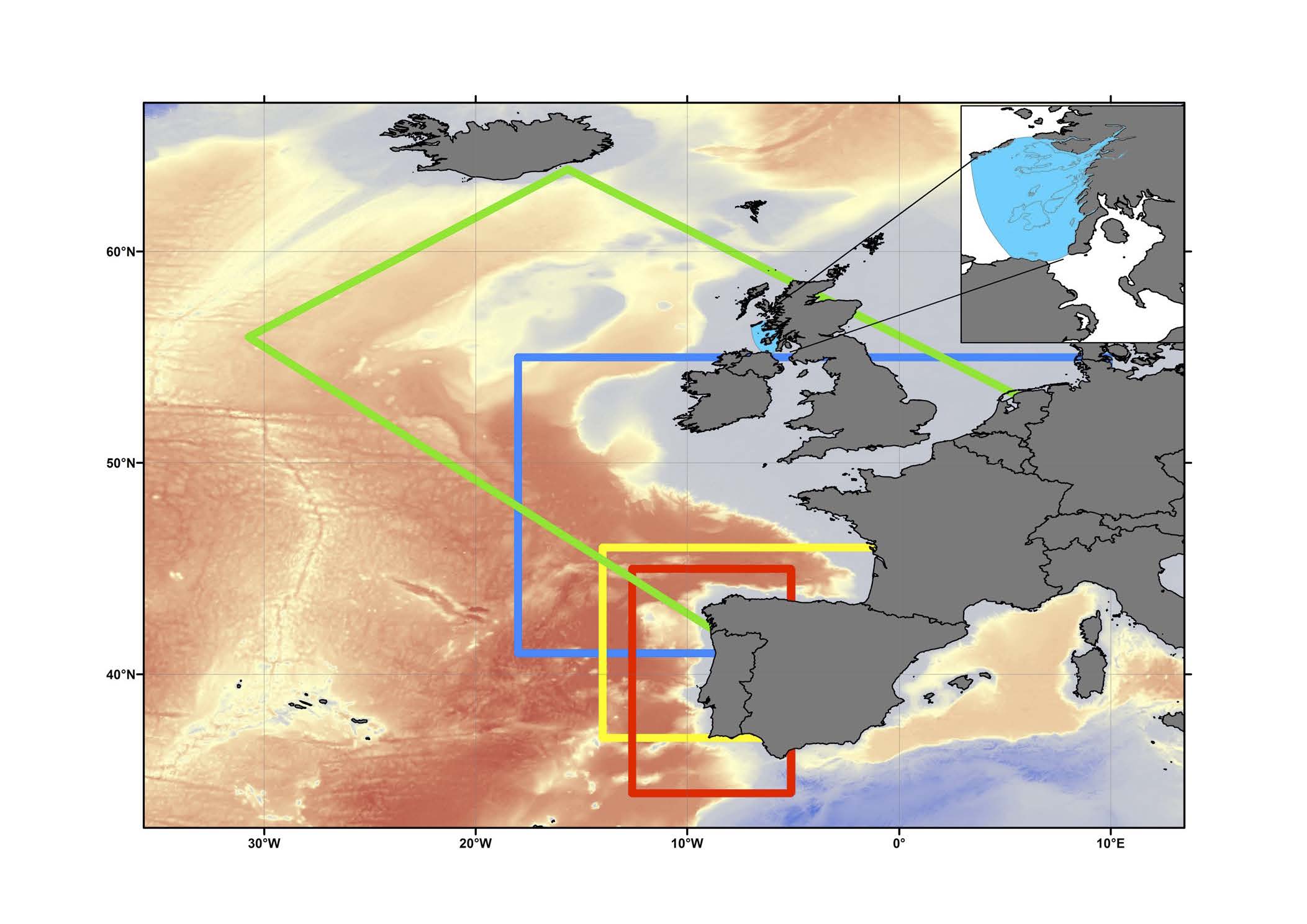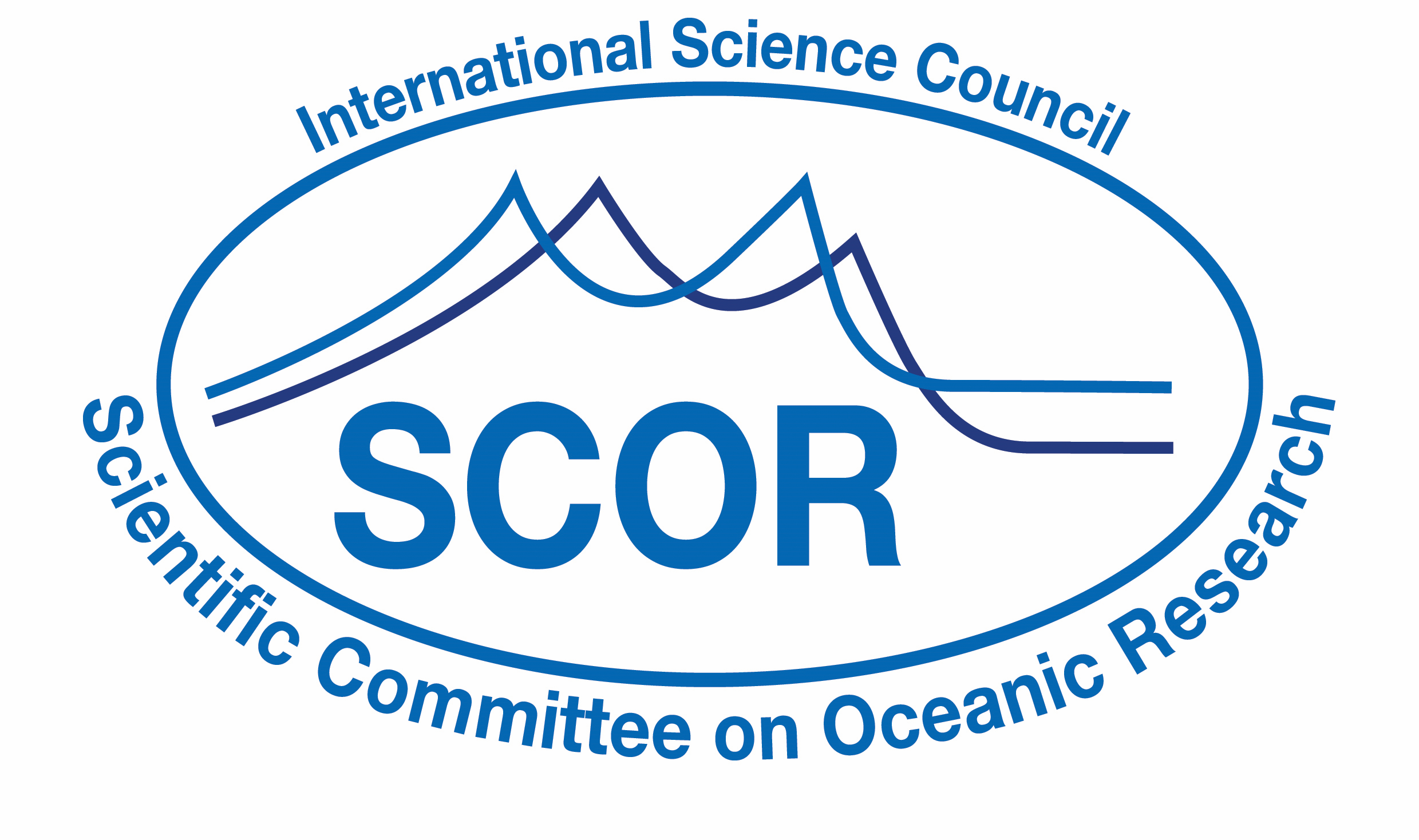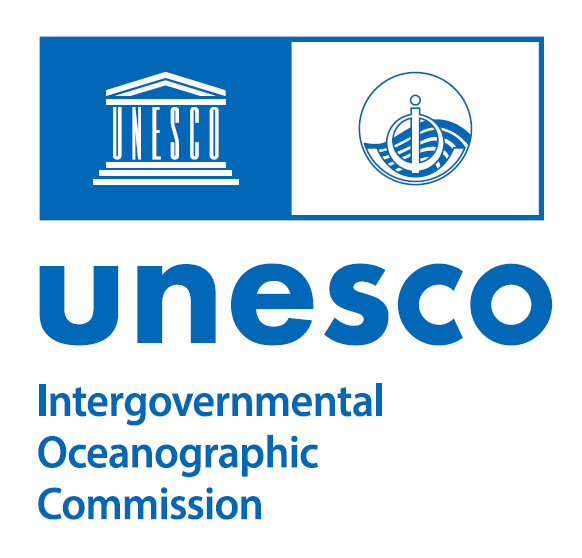PROJECT TITLE: Predicting Risk and Impact of Harmful Events on the Aquaculture Sector
Acronym: PRIMROSE
Scope: Regional
Type: Research
Timeframe: January 2018 to December 2020
Principal Investigator: Dr. Joe Silke
Address: Marine Institute, Oranmore, Co. Galway, Ireland
Tel/Fax: +353 91 387 200
E-mail: This email address is being protected from spambots. You need JavaScript enabled to view it.
Home page URL: https://www.marine.ie/Home/home
Other key persons:
Dr. Julie Maguire, Indigo Rock, Ireland;
Prof.. Keith Davidson, SAMS, Scotland UK;
Dr. Ruth Henderson, SeaFood Shetland, Scotland UK;
Dr. Marc Sourisseau, IFREMER, France;
Dr. Peter Miller, PML, England UK;
Dr. Manuel Ruiz, IEO, Spain;
Dr. Luz Maman, AGAPA, Spain;
Dr. Luis Ferrer, AZTI, Spain.
Dr. Marcus Mateus, IST-Lisbon, Portugal
Objectives: The European aquaculture sector supports several North Atlantic coastal communities. The effects of harmful algal blooms (HABs) and microbial pathogens can have a massive impact on this sector. HABs negatively affect shellfish and finfish aquaculture operations through the rapid accumulation of biotoxins in farmed shellfish consumed by humans, and by killing entire stocks of farmed fish due to toxins, physical damage and deoxygenation. The estimated economic impact of HABs in EU waters may be as high as €919 million per year. Prevention of natural HABs is not possible but reliable early warnings may facilitate effective mitigation measures to safeguard public health and private business operations.
The main objective of Project PRIMROSE is to provide a reliable standard, automated system for reporting and forecasting HABs and microbial events that impact aquaculture operations in European coastal waters. We will build on existing HAB early warning systems developed by our previous successful forecasting system during its predecessor, Project ASIMUTH (reported in a special edition of Harmful Algae, 2016). New features of PRIMROSE will include; an expanded system for new fish- and shellfish-producing areas; improved HAB forecasts with greater resolution; a wider suite of parameters; an evaluation of the potential for mitigation; new index based risk assessments; and a valuable information service for policy makers, risk regulators, food safety authorities and the aquaculture sector, from Shetland to Canary Islands. The new forecast will include microbial risk (eg. E. coli, Norovirus, Vibrio) and environmental/ climate impacts, in addition to improved HAB predictions.
PRIMROSE will benefit from improved spatial resolution, utilising new generation Sentinel data products for the main aquaculture production areas in France, Ireland, Portugal, Spain and the UK. Improved ASIMUTH-developed methodologies for producing HABs forecasts will result from operational oceanographic forecasts, downscaled regional hydrodynamic models, novel satellite data, phytoplankton/ biotoxin monitoring data and expert evaluation. PRIMROSE will upgrade the current HAB forecast service to the regional scale; providing mesoscale trans-national HAB and microbial risk information, risk assessments and knowledge exchange with the international user community. We intend to maintain close involvement/co-development with industry partners throughout the project to ensure maximum impact of the project outputs.
New information from the Marine Strategy and Water Framework Directive monitoring programs; from a new generation of sensors aboard the Sentinel suite of satellites, and sensors collecting underway data aboard ferries, will also be utilised for the alert system. The aquaculture sector relies on sufficient early warning of harmful events, so that effective mitigation measures can be utilised. PRIMROSE will both develop a trans-national short- to medium-term risk forecast, and a long-term assessment of climate impact on HABs and pathogens.
The main objective of PRIMROSE is to provide a reliable standard, automated system for reporting and forecasting HABs and microbial events that impact aquaculture operations in European coastal (AA) waters.

Asimuth domain illustrating the seaboard areas for which that HAB models and risk assessments were developed. From: Davidson et al. (2016). Preface: Forecasting the risk of harmful algal blooms. Harmful Algae 53: 1–7.
Implementation progress (date):

